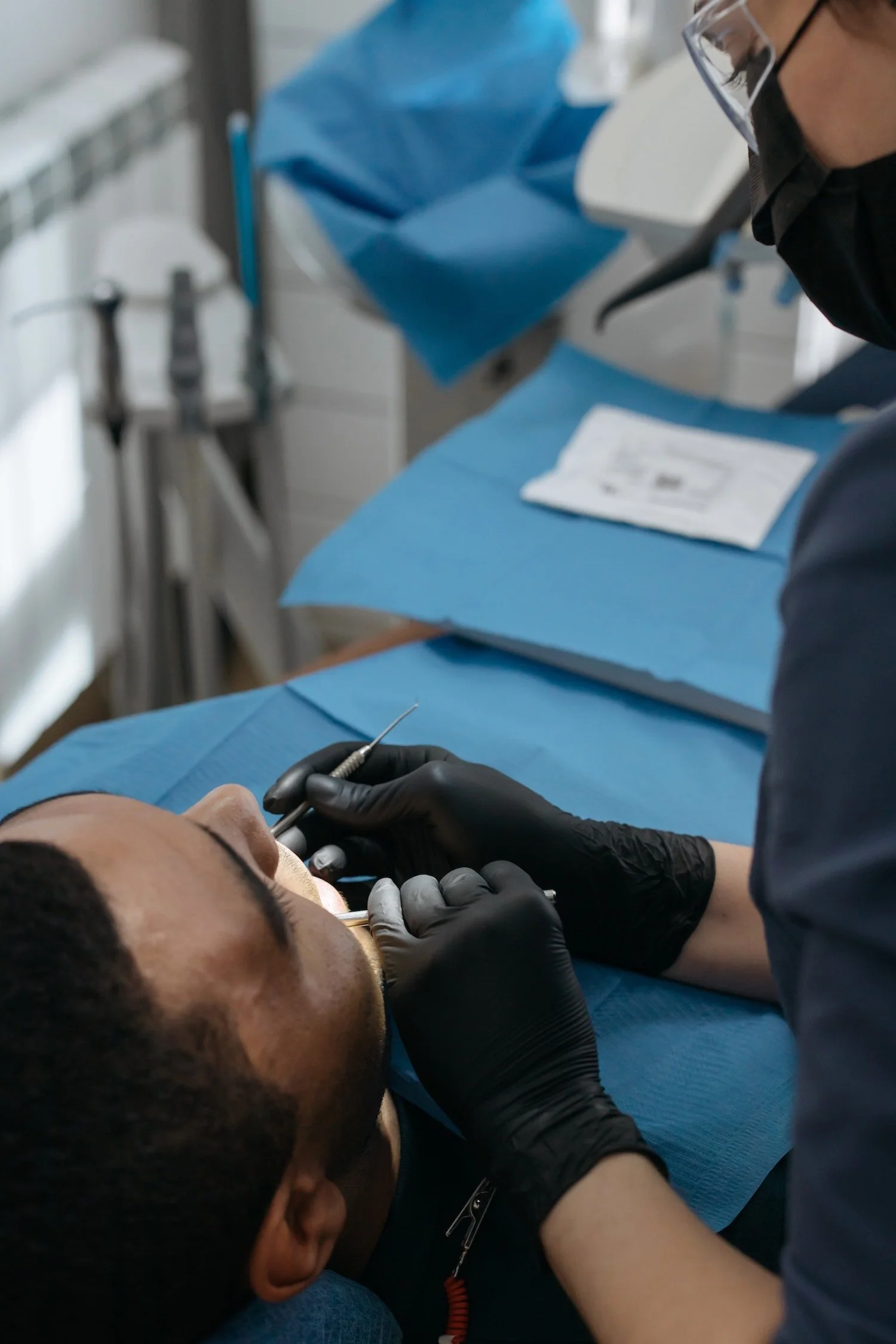Temporomandibular joint disorders (TMD) can be quite an inconvenience for your daily life. Once your pain has been diagnosed, there are many approaches that can provide relief, although positive results aren’t always guaranteed for everyone. For this reason, it can be quite challenging to determine which treatment you should try first for relief.
Researchers have found that occlusal splint therapy tends to produce the quickest results as compared to other TMJ treatments. We’ve compiled and simplified all the data in this post for your perusal. Keep scrolling through to read the scientific benefits of occlusal splint therapy.
Random Clinical Trials
It isn’t very easy to property weigh the scientific evidence behind occlusal splint therapy. Some studies clearly prove that they work, whereas others have far less certain conclusions. This is why the School of Dental Medicine at the University of Belgrade analysed all the random clinical trials performed on occlusal splints as well as other randomised trials.
If you didn’t already know, random clinical trials are considered conclusive evidence in the health industry. They provide the best answers for the effectiveness and safety of the latest medical interventions. It is also important to mention here that the RCT’s studied by the researchers were compared against positive treatments, non-treatments, and placebos.
Upon analysis, researchers concluded that occlusal splints provided the quickest relief as compared to alternatives and there are numerous quality studies to prove this fact.
Effective Against Complex Symptoms
The researchers also imposed strictness in the TMJ symptoms that were used in these studies. It was quite crucial that these studies involved complex symptoms since TMJ is a complex condition, which is known to display a long list of symptoms. In order to make sure that these studies were effective, researchers checked to see whether the TMJ patients in these studies had more than one of these symptoms:
● Pain in jaw and ear
● Spontaneous myofascial or jaw joint pain
● Facial pain that responds to touch
● Muscle tenderness
● Irregular or limited jaw motion
● Clicking sounds in the jaw
By setting these criteria, the researchers were successfully able to identify 33 random clinical trials that involved 1779 patients. Out of these, 848 patients were given occlusal splints and were compared to other treatments such as:
● Counselling and exercise
● Behavioural therapy
● Physical therapy
● Non Occluding splint
● No treatment
When all the data from the trials was compiled, the researchers concluded that occlusal treatment had a definite advantage over its alternatives. According to their analysis of the data, occlusal splint therapy:
Improved flexibility of the mouth
Decreased tenderness in the muscles
Reduced overall pain
Granted, in the long-term, all other treatments were seen to provide similar benefits.
Consult a TMJ Specialist for Occlusal Splint Therapy In Sydney
If you’re looking for a mouth guard dentist, cosmetic dentistry, TMJ, and emergency treatment, visit painfreedentistsydney.com.au/tmj.
